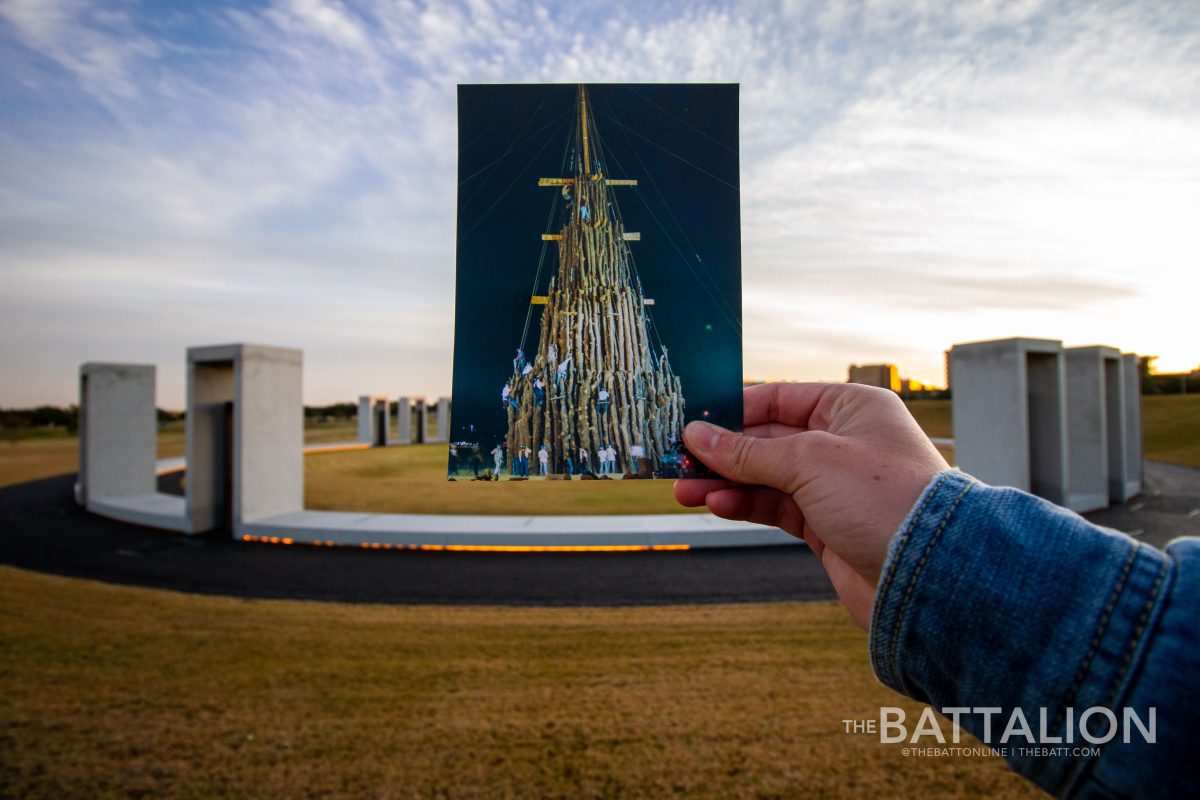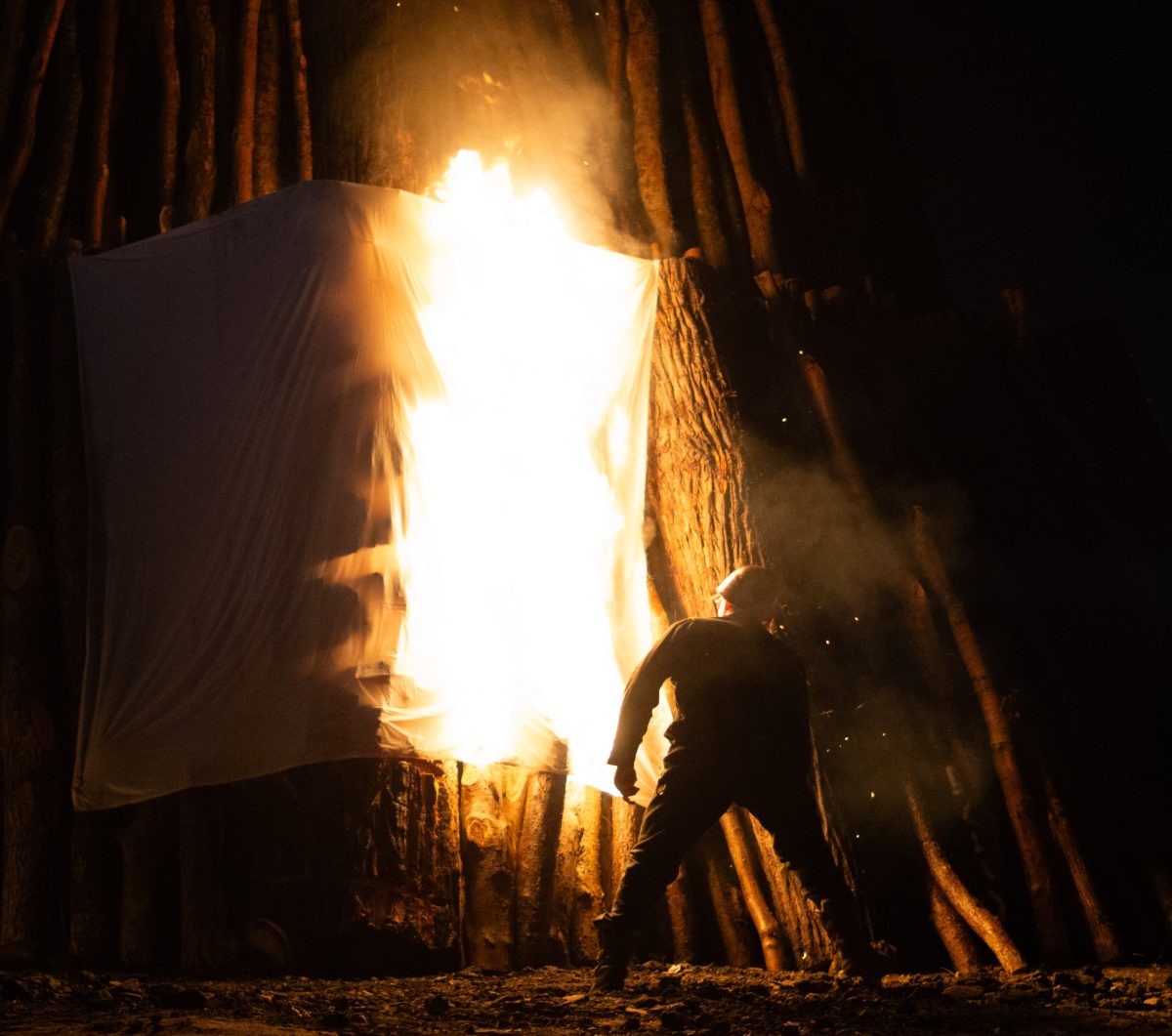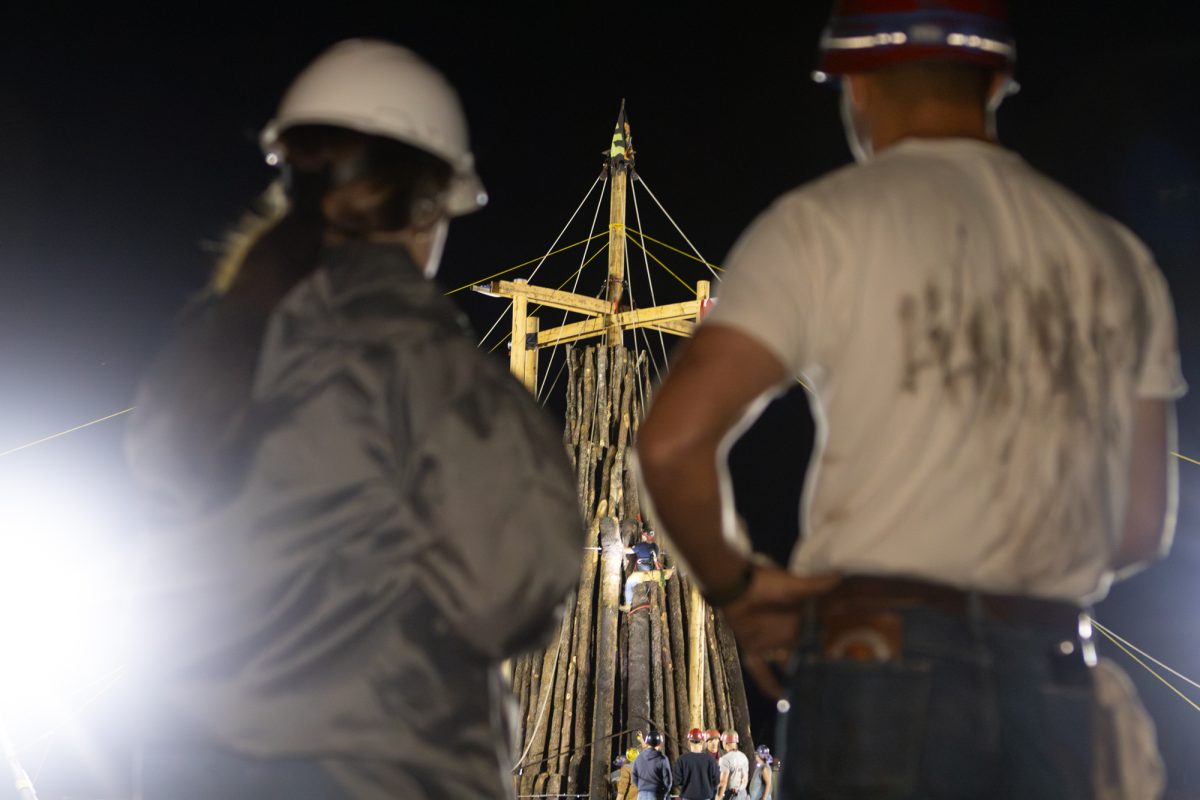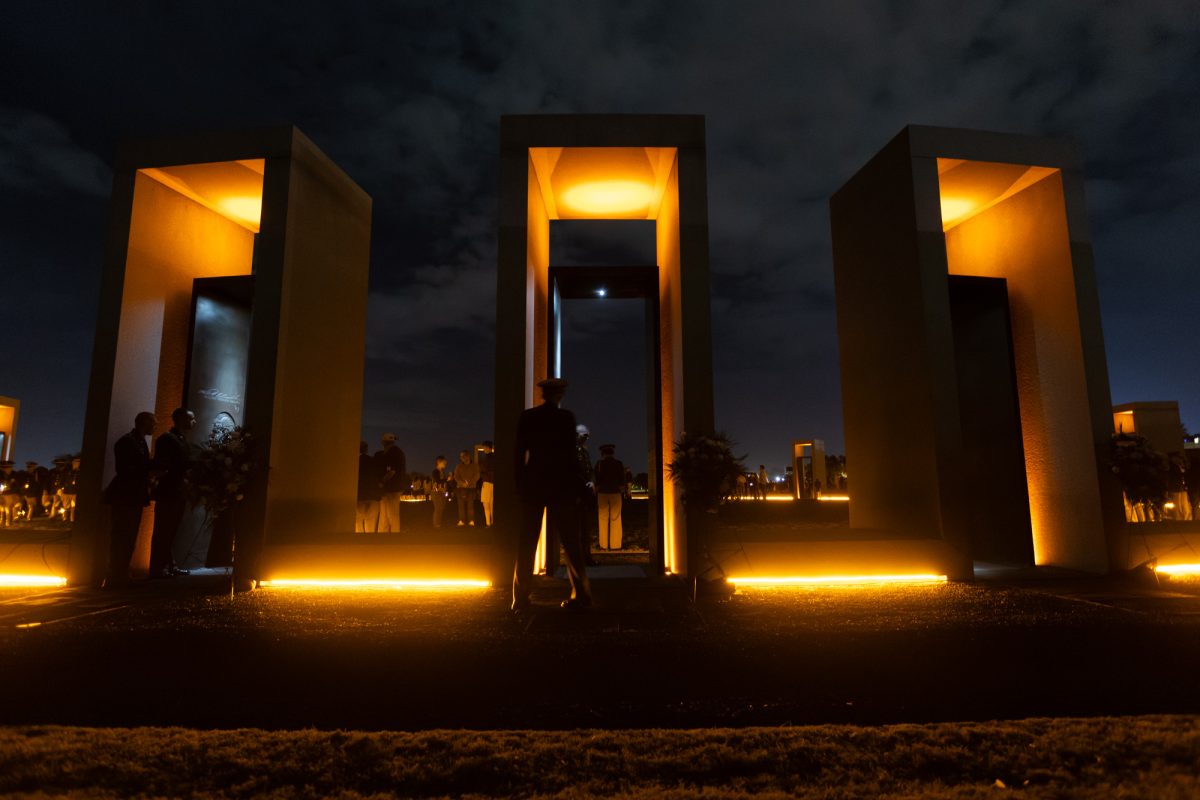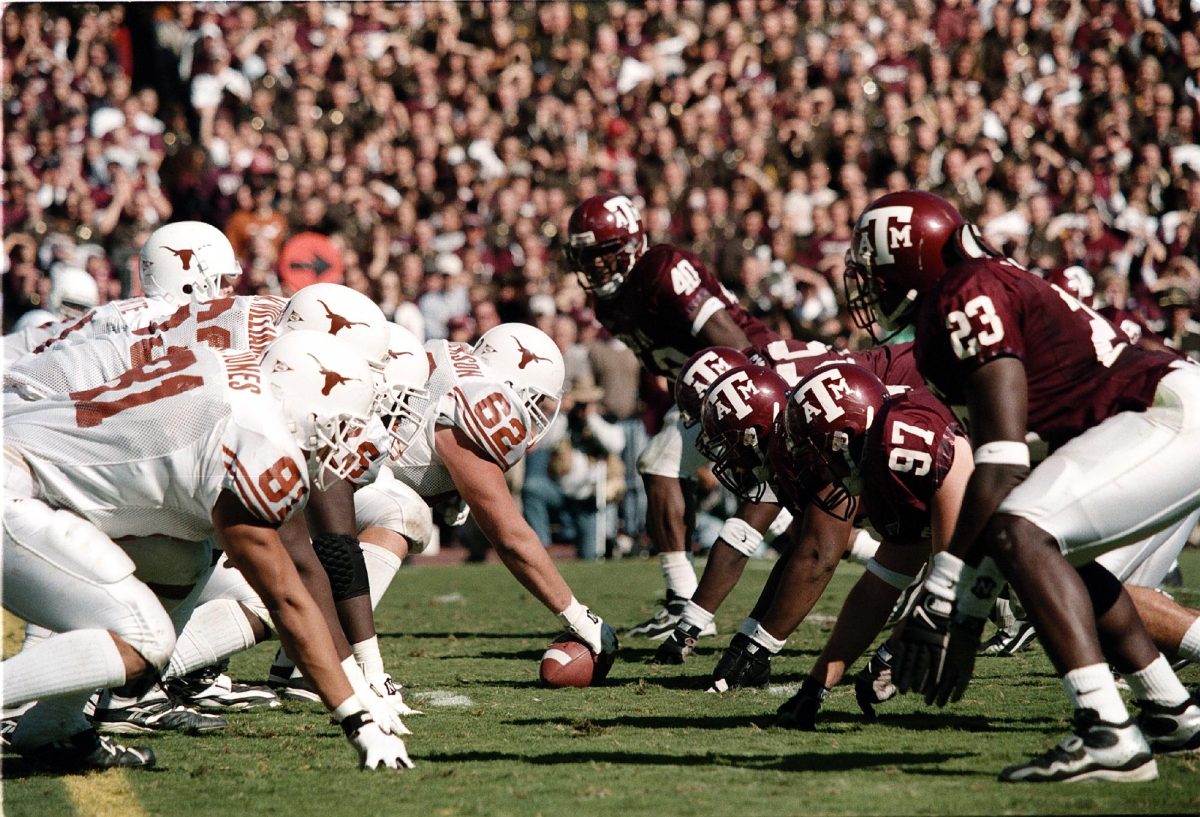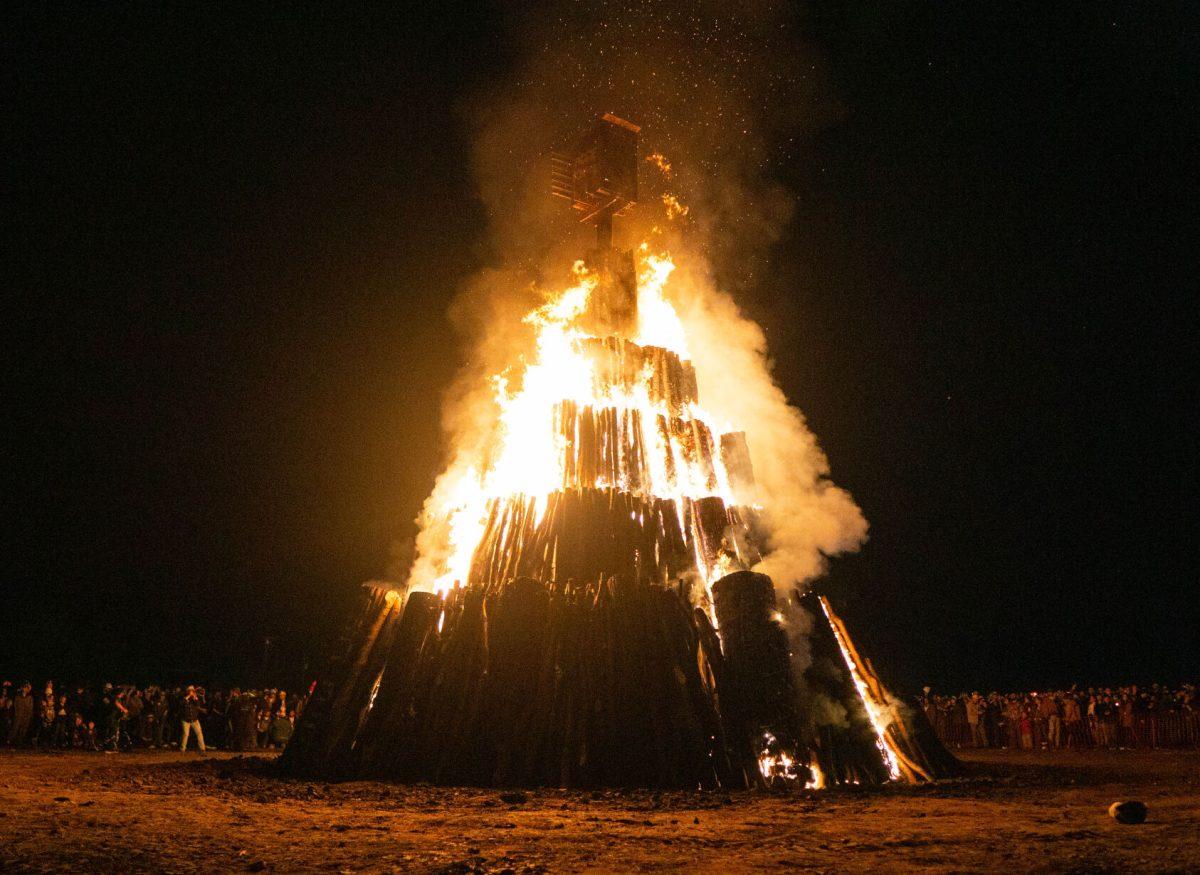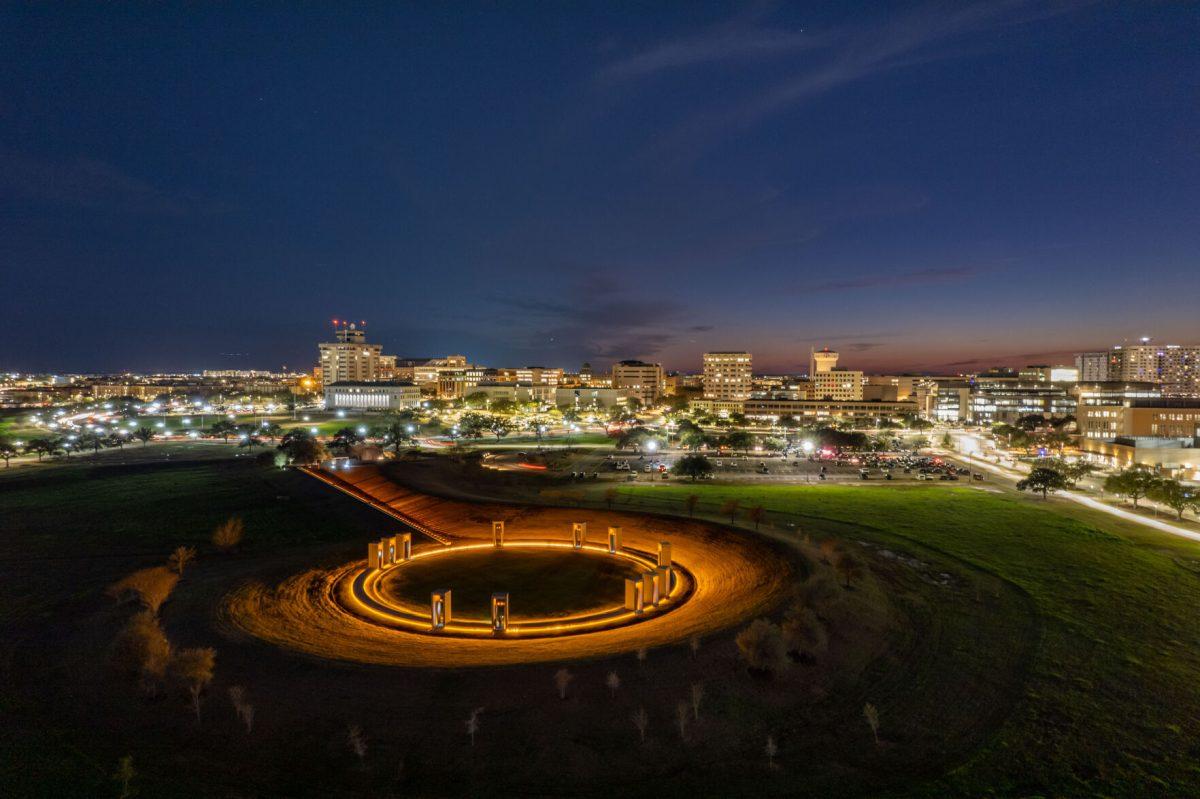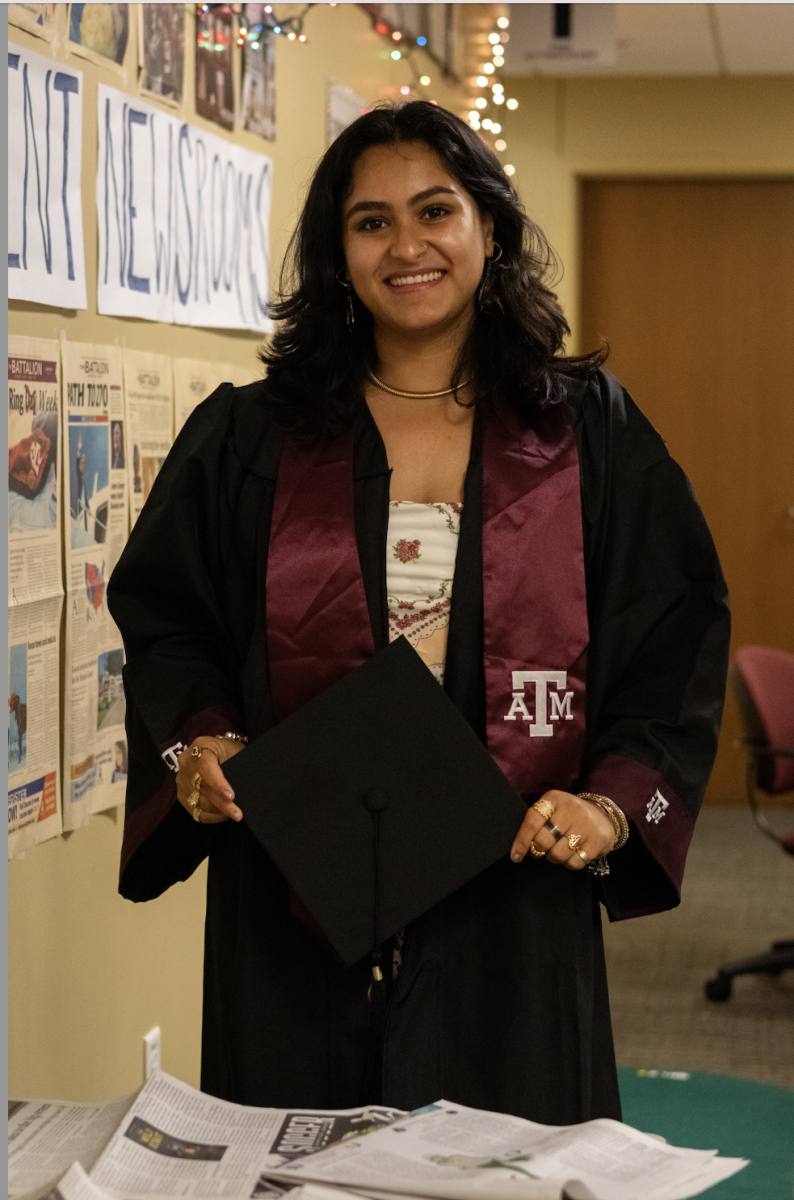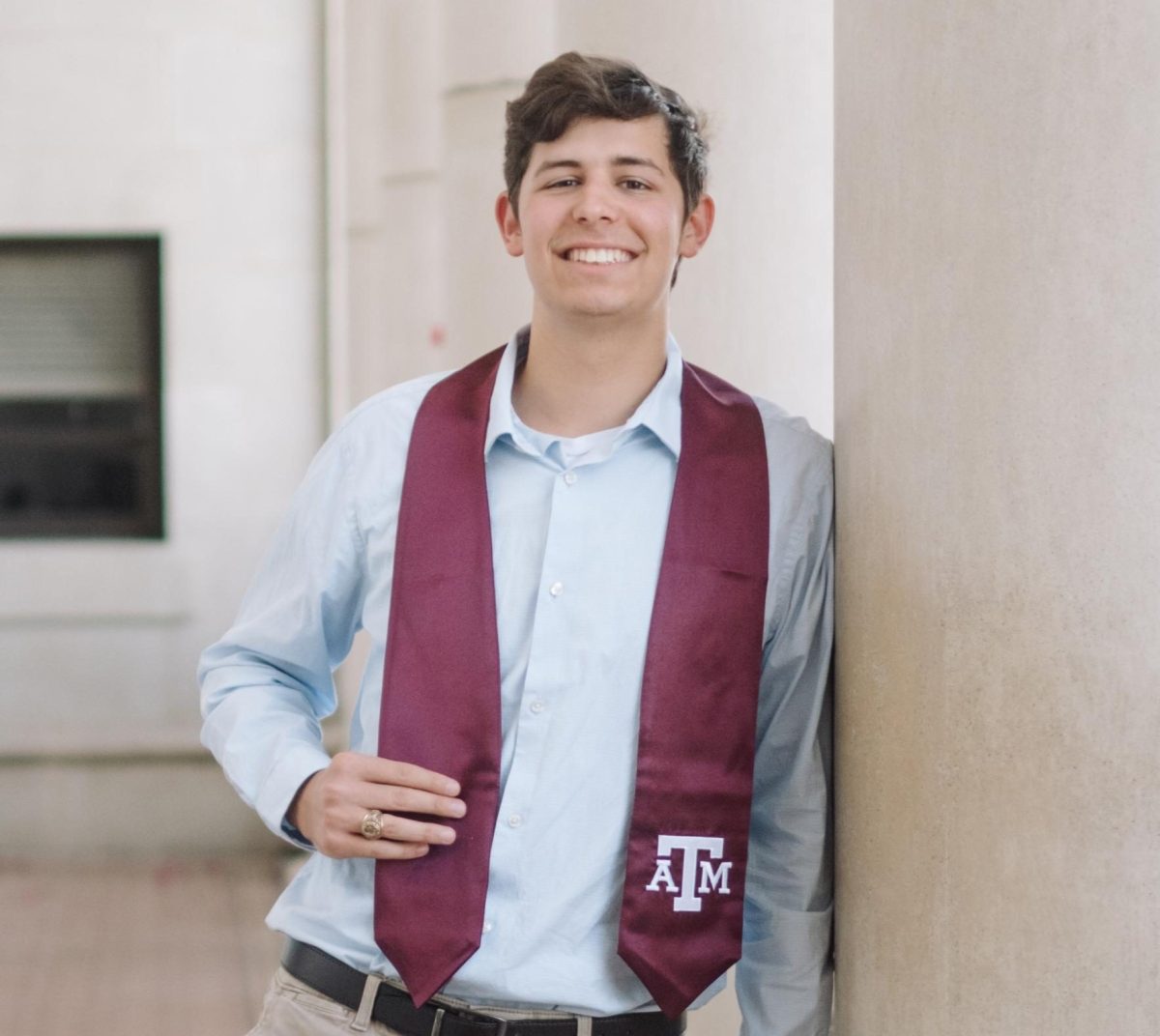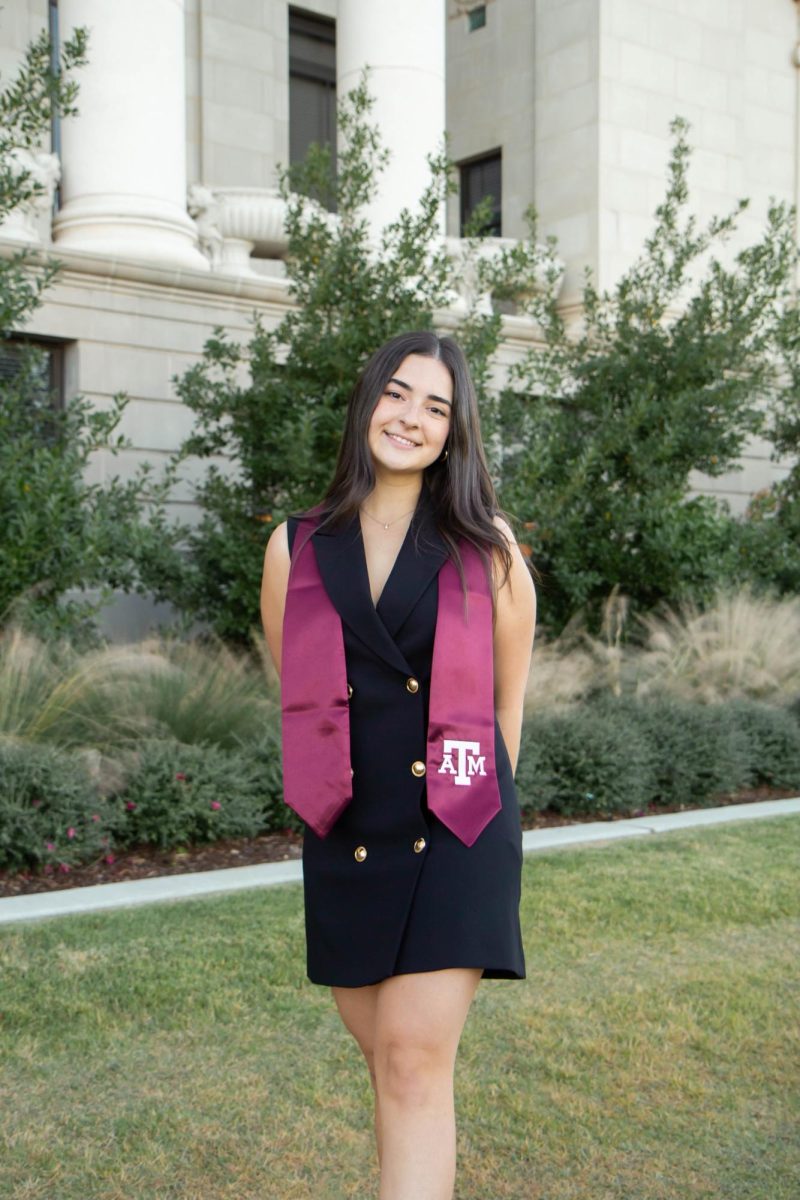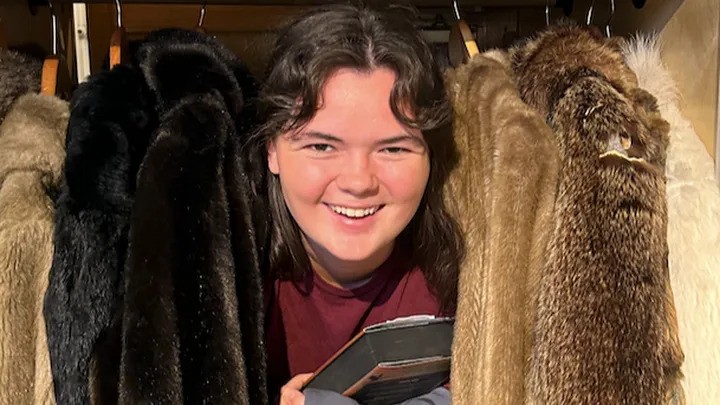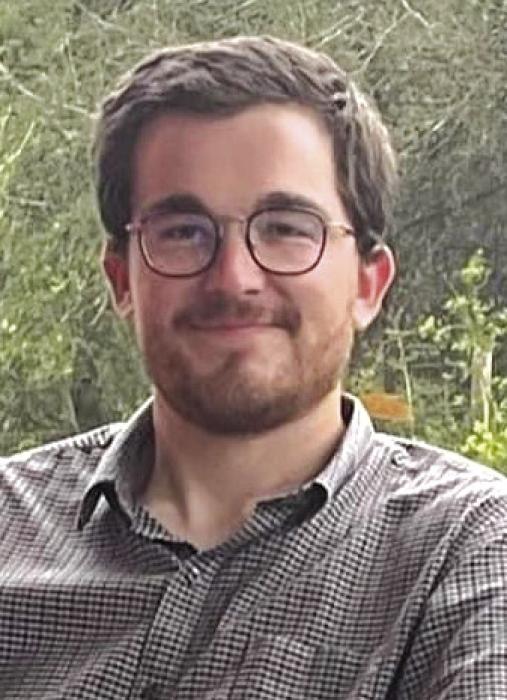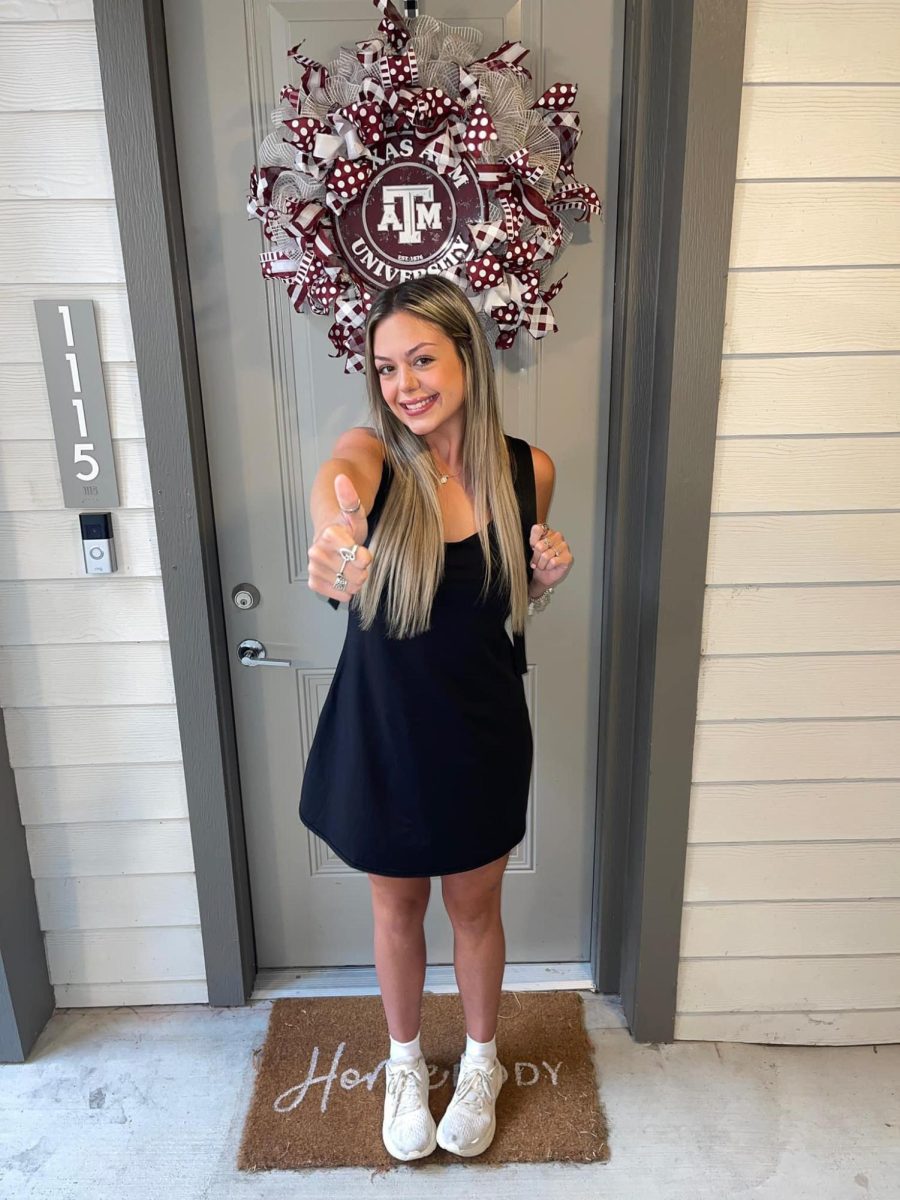The morning of Nov. 18, 1999, Jason Hannam arrived at a quiet and solemn campus. Hannam, Class of 2001, soon heard rumors about the collapse of Bonfire, an incident that would ensure the day lived on in the consciousness of Aggies.
In the wake of the tragedy, Hannam joined fellow Aggies in searching for friends who were among the list of students wounded and killed by the collapse the night before. Hannam recognized the name of one fellow student, Timothy Kerlee. Hannam was able to visit Kerlee in the hospital before he passed away later that day. “It was very somber,” Hannam said. “It was kind of like the whole campus was mourning, I guess you could say. Everything else is overshadowed by what happened. No one’s thinking about other things.”
As the debris was cleared and the victims were recovered, the effects of the collapse remained on campus and in the hearts of Aggies.
Twenty years after the incident, Bonfire symbolizes selfless sacrifice for students like recreation, park and tourism sciences sophomore Connor Lloyd. He recalls the first time he attended a Student Bonfire burn — an independent continuation of the tradition held off campus each year.
“I definitely felt really, really close with all my buddies,” Lloyd said. “We’d just gotten out of Brass Culmination for the Corps, and so we earned our right to be called cadets. “We went to a Bonfire burn and it was just a big, symbolic way to understand that I’m a part of this university, I’m part of the Corps of Cadets, I’m with my outfit right here. It’s a coming together moment and I don’t think I’d trade it for anything.”
Like many cadets, industrial distribution sophomore Garrett Hilliard first learned about Bonfire at his outfit’s traditions night. After visiting various historical landmarks throughout campus, the night ended with a visit to the Bonfire Memorial.
“That was kind of my first exposure to not only just Bonfire but also the fact that my outfit has a very vivid history with Bonfire,” Hilliard said. “Being exposed to that the first time intrigued me greatly, and that kind of inspired me to pursue it further and keep up with my outfit and make sure that my outfit is continually going to Bonfire and honoring that tradition.”
Bonfire is particularly important for Hilliard as Kerlee was a member of his outfit, Squadron 16. After the fall of Bonfire, Kerlee would not let rescue workers help him out of the rubble, famously saying “help my buddies first.”
Kerlee’s quote lives on within Squadron 16 and is shared with new cadets as they join the outfit. After hearing Keerlee’s story, Hilliard said he found motivation to stay involved in his outfit.
“Traditions night for me was a moment where I found real motivation and real purpose in why I’m here and why this outfit was the right choice,” Hilliard said. “I knew I made the right choice whenever we learned about Kerlee just because I can’t find any other outfit that has history like that — a history of sacrifice that Tim’s given us in this outfit.”
A permanent tribute
Today, Michael Rey is senior principal and vice president of operations at Overland Partners, an architecture firm based in San Antonio. But at the time of the collapse, Rey was just another Aggie dealing with the tragedy. He graduated later that semester and began working as a designer with the company, where he and a fellow Aggie were given the opportunity to propose the concept design for the Bonfire Memorial that stands today.
“Ultimately, we came up with the first initial boards through that process,” Rey said. “It was really beautiful because it was holistic and everyone was filling out ideas, and only the best ones stuck.”
Built on the site of the collapse and dedicated in 2004, the memorial stands where past ruins laid, embodying the spirit of the fallen through three distinct design elements.
The high granite wall of the Tradition Plaza is designed to put visitors in the right mindset from the moment they park, Rey said, and the History Walk serves as a timeline, telling the story of Aggie Bonfire throughout the years. The path culminates at the Spirit Ring, which features 12 “portals” with written tributes and engraved portraits of those who lost their lives in the 1999 collapse.
“Through these individuals, you’re seeing the Aggie spirit,” Rey said. “You know them by their face, you know them by their name and you know them by their thoughts. Each portal gravitates toward having a unique perspective on that.”
The Bonfire Memorial’s Spirit Ring arrangement was created to uplift the Aggie Spirit, both figuratively and literally, Rey said.
“The gateways lifting up those circles still make a continuous ring, but we’re lifting them up and we’re actually seeing the underbelly of the ring,” Rey said. “It’s that glow at nighttime that really shines from the spirit of the Aggies.”
The Spirit Ring itself was built around the site of the 1999 Bonfire stack. Rey said every aspect of the memorial possess individualized meaning, from engravings on the black basalt stone at the base of each portal to the placement of the portals themselves.
“They’re actually oriented toward their hometown,” Rey said. “If you’re standing at the centerpole looking through their gateways, each gateway is oriented toward where they were coming from before they came here to A&M, to their final resting place. That’s a powerful thing for me, to be able to connect through the inner circle of A&M and see that through the eyes of the individual who has perished.”
Rey said it is only when a person steps through a fallen student’s portal that they can understand them — like Michael Ebanks, who Rey met in an advanced mathematics course the semester of the collapse.
“It’s not like I knew him deeply, but I knew him enough to know that he was really nice and certainly someone I’d love to get to know more,” Rey said. “Unfortunately, I didn’t get that chance.”
Having the opportunity to learn about more than just the names, but about the lives and stories of each of the fallen students, is an honor Rey said he will always carry with him.
“It’s hard to put into words actually, a project like that,” Rey said. “I don’t know if I’ll go the rest of my life, or this career, ever being able to do something as significant as the Bonfire memorial.”
Political science sophomore Brianna Mason, who was not born until a year after the tragedy, first heard of the collapse when she was a junior in high school. Though a horrific moment in A&M history, Mason said the Bonfire collapse is memorable not just because of the tragedy itself, but because of how the Aggie community banded together in its aftermath.
“I wasn’t raised in an Aggie family, so I knew nothing about A&M,” Mason said. “I guess for me, when I think about the Bonfire collapse it shows how much the university could come together after the tragedy. I think it just showed how strong the university was and the strength of the Aggie family. They could overcome any huge impact.”
Never forgotten
November 14, 2019
Photo by Photo by Meredith Seaver
The Bonfire Memorial on the northeast side of campus stands as a permanent reminder of the 20-year-old tragedy and a lasting tribute to the Aggies who passed away.
0
Donate to The Battalion
Your donation will support the student journalists of Texas A&M University - College Station. Your contribution will allow us to purchase equipment and cover our annual website hosting costs.
More to Discover



